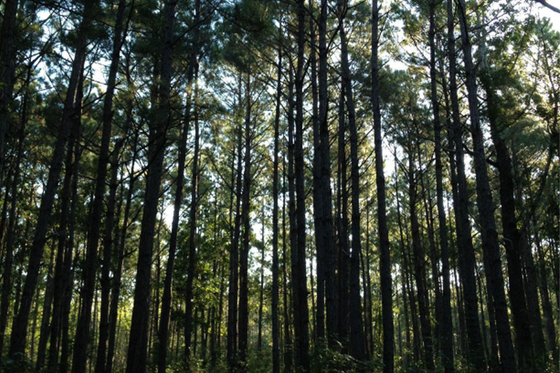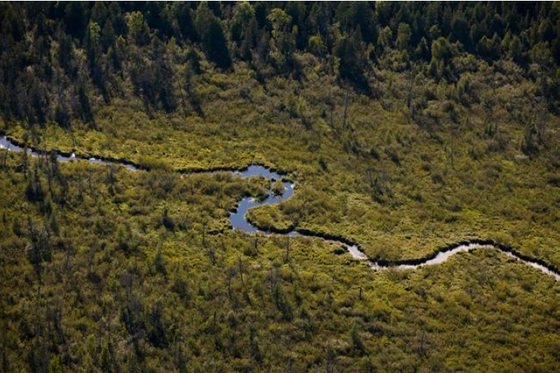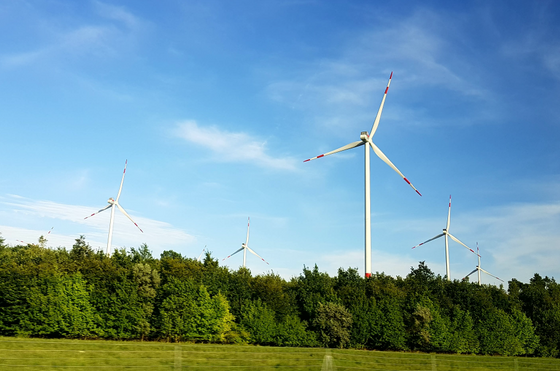Our commitment to reduce our footprint
By 2030, we pledge to reduce our carbon footprint by 42%. And by the end of 2025, we are committed to Zero waste to Landfill. Without a thriving planet, nothing is possible. Our commitment to sustainability isn’t just a statement, it’s a multi-step strategy to reduce carbon emissions and waste sent to landfill.

How will we get there?
We set our reduction target in 2020, in collaboration with the Science Based Target Initiative (SBTi), and we designed a 3-step approach to meet this target.
Step 1: Measuring our emissions
Since setting our baseline, we have been collecting emissions data on an annual basis. Collecting this data allows us to see how our direct and indirect emissions change as our business grows and our supply chain evolves
Step 2: Reducing our emissions
Our goal is to find reduction opportunities through electrifying our manufacturing and operations as much as possible, and then to power it with renewable energy.
Lower Carbon Options
With each product we make, we share the carbon footprint of each product. This information gives pet parents the opportunity to filter our product offerings for Lower Carbon Options that emit 1kg of CO2e or less per lb product.

Step 3: Offsetting emissions
And to have an immediate impact, we are actively offsetting emissions driven by our direct operations and product manufacturing by strategically selecting high-impact programs that provide verified carbon offsets.

Georgia Avoided Forest Conversion, USA
This project averts the conversion of over 7,350 acres of forestland to agriculture, helping to curtail greenhouse gas emissions by avoiding associated agricultural emissions. The conservation of forest quality and structure maintains necessary habitats for key species that inhabit the area, preserves water quality, and further enhances the existing biodiversity of many species of flora and fauna in the forest.

Blandin Native Hardwoods Conservation, USA
This project supports sustainable forestry practices on 187,876 acres of native, mixed hardwood forests in Minnesota, an area close to several of our supply chain operations. UPM Blandin Forestry employs an innovative management technique centered around ecological principles that protect forest diversity and enhance forest resilience. By supporting this project, we’re helping to regenerate forests, increase carbon sequestration, support diverse wildlife habitat, and provide forest access and resources to local communities.

Wind Renewable Energy Credits
Open Farm is supporting wind farm facilities that produce renewable energy in the MRO West (MROW) e-grid region in the northern central US. The purchase of this renewable energy covers 100% of our manufacturing electricity (location-based emissions) for 2021. This was an important project for us because some of our key supply chain activities are located in this grid, and we are showing support for renewable energy in a region that is coal dominated.

Steps to sign up:
- Visit Terracycle.com to sign up
- Collect and pack your empty Open Farm packaging that feature the Terracycle logo
- Print your free shipping label at Terracycle.com
- Ship your box
Committed to a waste-free future.
Acknowledging that waste is common issue across the consumer package goods industry, and in pet food specifically. Our goal is to create a pathway out of landfill forall of our packaging formats. We recognize the need to act fast to protect the environment and reduce the carbon emissions that come from the creation, distribution and disposal of plastic waste. Which is why we committed to Zero Waste to Landfill across product and e-commerce packaging, and the packaging used in our supply chain.
Recycling instructions can be found on all our product packaging, and as we work to optimize our packaging for recycling streams in the US and Canada by the end of 2025, pet parents can sign up for Terracycle to recycle their hard-to-recycle packaging.
Stay in the loop about our progress

Learn about our nutrition philosophy
learn more
Trace your food
learn more








































 Sign In
Sign In
 Create Account
Create Account


